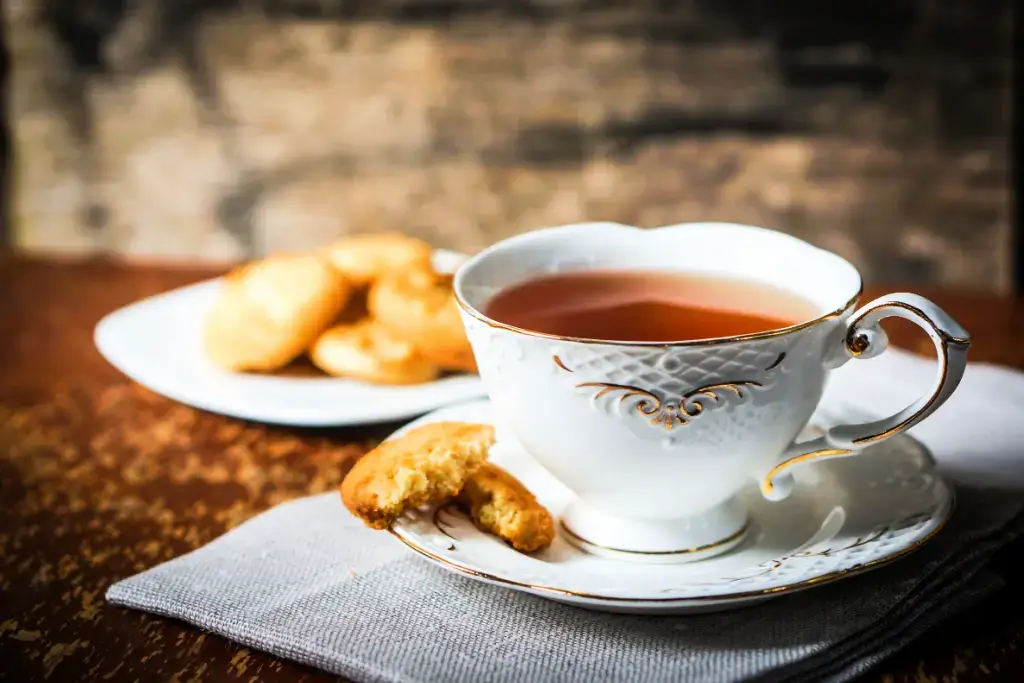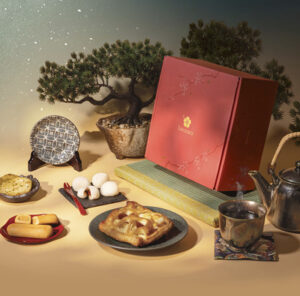In Japan, afternoon tea is more than a simple refreshment break; it’s a tradition where friends gather to enjoy tasty Japanese snacks. You can experience it at many cafes, tearooms, or fancy hotels. These tea snacks offer a fantastic blend of flavors and textures that reflect Japan’s origin and culinary creativity. Let’s explore more about afternoon tea and the best snacks commonly savored at these events in Japan.
Table of Contents
ToggleWhat is afternoon tea?
Afternoon tea is a luxurious British traditional snack party that occurs mid-afternoon, around 3 – 5 p.m. It all began in the 19th century when Anna Russell, the Duchess of Bedford, felt a bit hungry between lunch and dinner. So, she decided to have a little tea break with sandwiches, scones, and cakes, and soon, her friends joined in. Just like that, afternoon tea was born!
This tea time was mainly for noble ladies to chat and relax in elegant gowns and hats. But now, it’s a special treat for anyone to enjoy on a lovely afternoon. You can experience it at many cafes, tearooms, or fancy hotels.
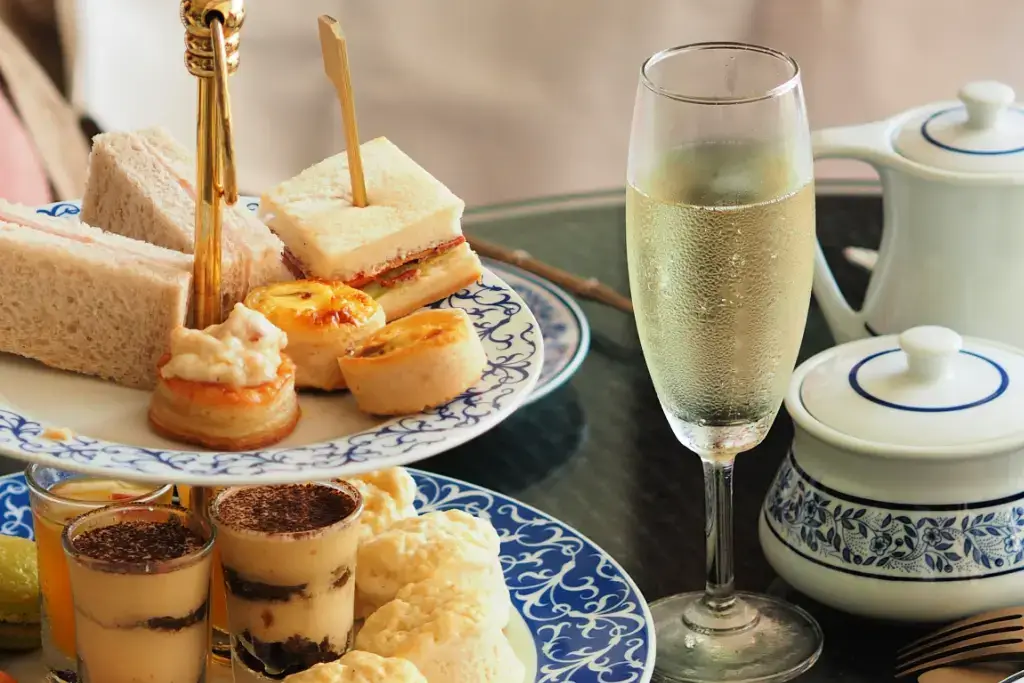
The afternoon tea menu is full of delicious treats! You’ll find tiny sandwiches called finger sandwiches, scones with creamy clotted cream and fruity jam, and all kinds of yummy cakes and pastries. And, of course, there’s tea, lots and lots of tea! People often enjoy different types of drinks, ranging from herbal teas to black teas, to go with their snacks.
Even though afternoon tea is British, you can enjoy it in Japan with all the fancy stuff! This custom became popular in Japan during the Edo Period (1603 – 1868). Unlike the usual Japanese tea time, people typically use wagashi (traditional sweets) and green tea. In the British-inspired tea time, the Japanese opted for various Western-style sweets or cakes customized in the Japanese style, along with English beverages. Without further ado, here are the best five Japanese snacks for afternoon tea parties!
Financier
This delicious pastry first appeared in 1975 and has been a hit ever since. Its name, “financier”, an investor in French, was born when a French baker wanted to create a snack that busy businessmen could enjoy without messing up their suits.
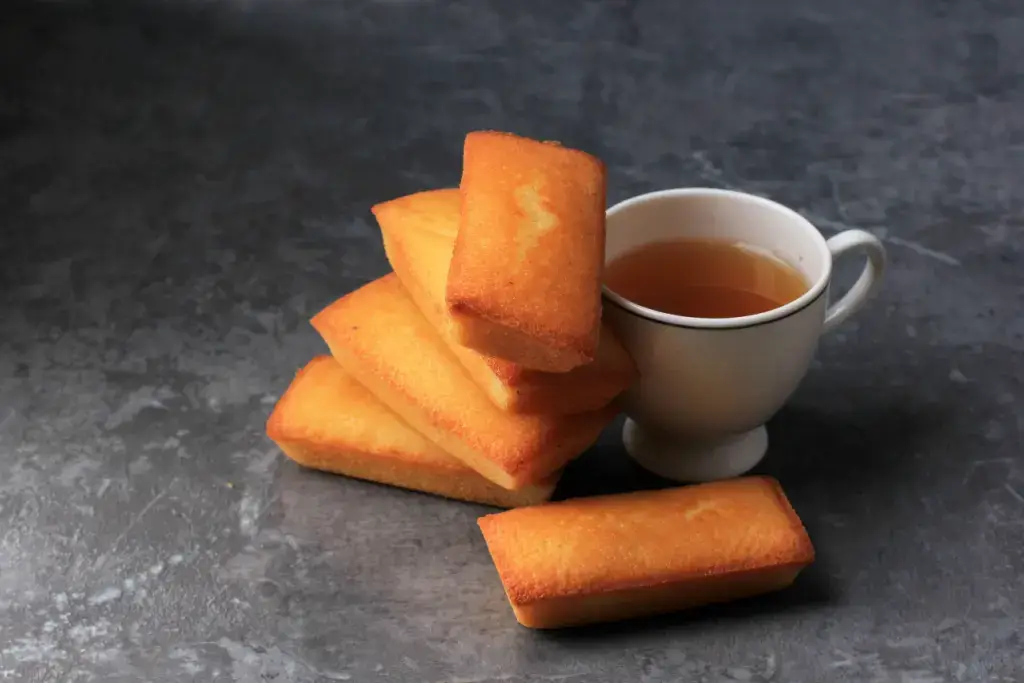
The classic financiers are well-known for their buttery aroma and the nutty crunch of almond powder. And it’s also hard to resist the rich flavor of the fermented butter from Hokkaido in Japanese-version financiers. Furthermore, Japanese financiers also feature flavors inspired by Japanese culture, like matcha, sencha, or hojicha.
Are you looking for artisanal Japanese snacks for your next afternoon tea party? Check out Sakuraco! Sakuraco sends authentic Japanese tea, sweets, and snacks right to your door so you can enjoy the best of Japan’s autumn flavors in the comfort of your home.
Shiroi Koibito
Shiroi koibito (lit. “white lover”) is a delightful European-style cookie from Sapporo, Hokkaido. These cookies feature a unique design with chocolate sandwiched between langue de chat, a type of delicate biscuit. There are two main varieties: shiroi koibito white, filled with smooth white chocolate, and shiroi koibito black, filled with creamy milk chocolate.
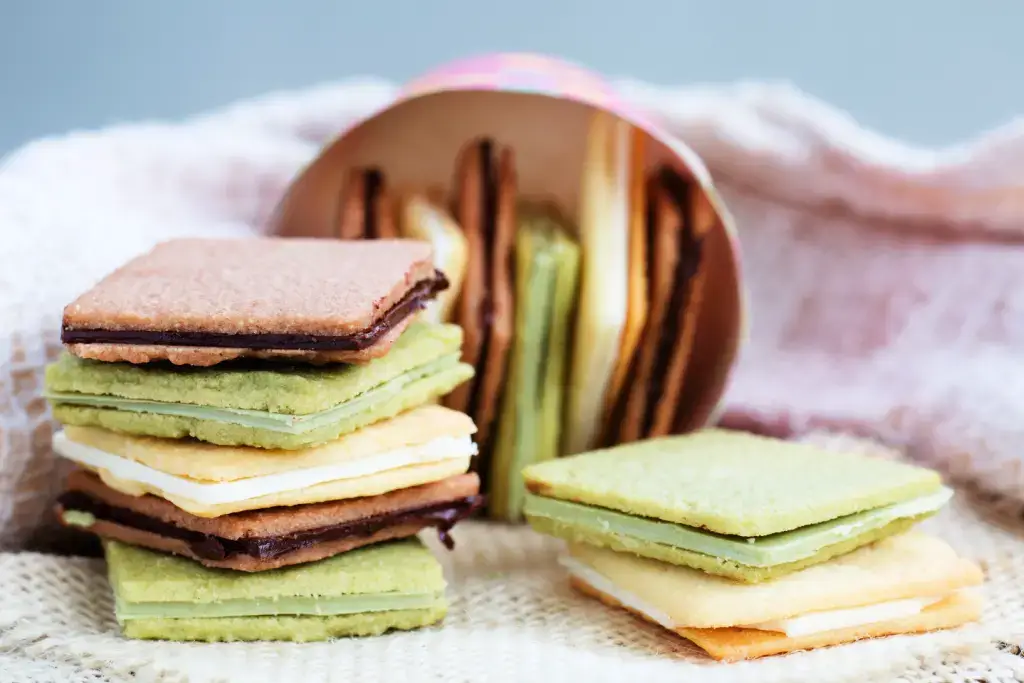
For over 40 years, people of all ages have loved this one of the best Japanese snacks. Its light and crispy texture melts in the mouth, delighting every taste bud. Additionally, shiroi koibito has become a symbol of Hokkaido’s culinary excellence and charm, making it a must-buy souvenir for most visitors to this northern island.
Baumkuchen
Baumkuchen, a tasty German dessert, has become a beloved treat in its home country and Japan. Introduced by German baker Karl Juchheim in 1919, this Japanese snack quickly became a favorite among locals, especially as a gift for special occasions.
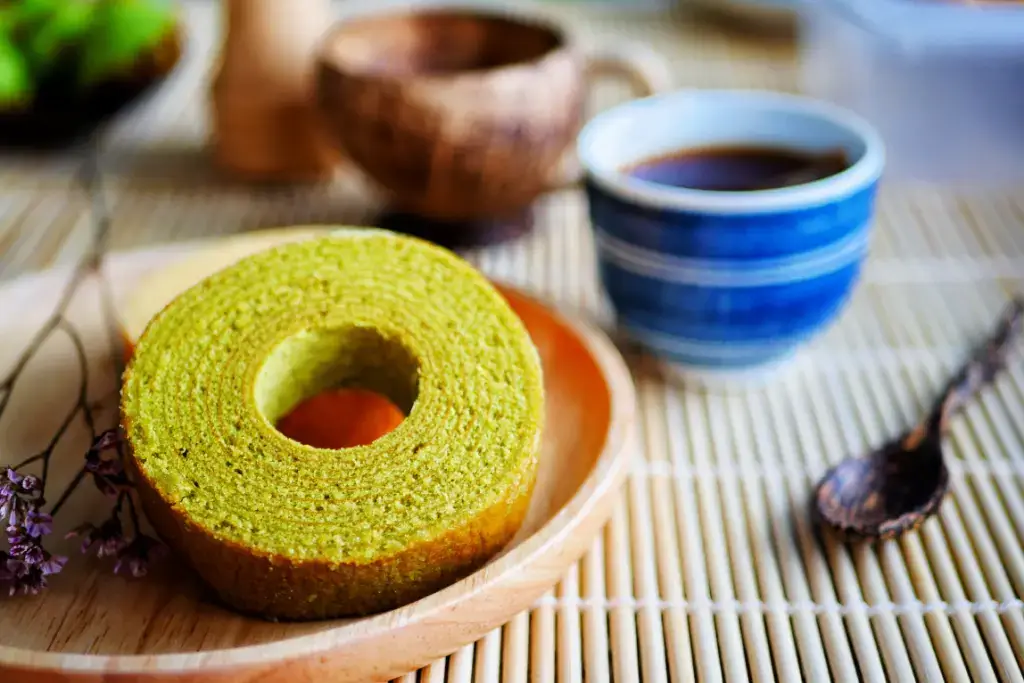
Its name, “tree cake”, perfectly captures its unique appearance, similar to the tree rings. This cake is baked layer by layer on a rotating stick, giving it its characteristic shape and texture. Baumkuchen is also famous for being fluffy and soft, with a slightly sweet flavor with a vanilla touch. You can also find it in different flavors like strawberry, chocolate, and matcha in Japan.
Castella
Castella, a Japanese sponge cake, was initially introduced to Japan by Portuguese merchants in the 16th century. As a result, this Japanese snack has become a specialty of the Nagasaki region. Castella is famous for its dark brown top and bottom crusts, creamy yellow center, and bouncy texture.
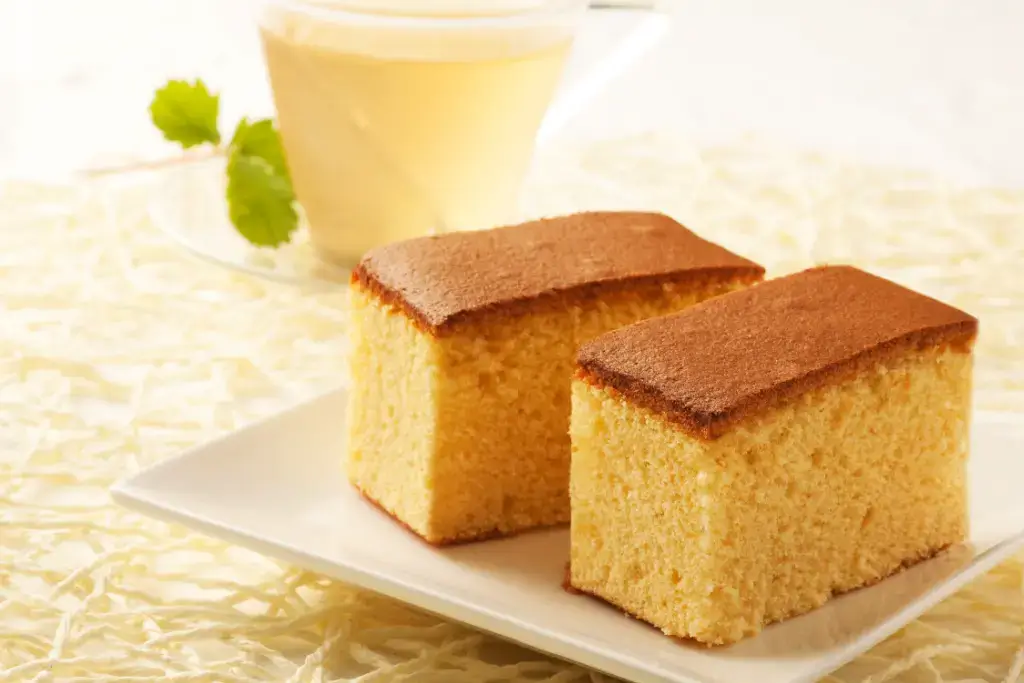
Unlike traditional Western sponge cakes, Japanese castella is lighter and smoother, with a subtle sweetness derived from sugar and honey. Over the years, Japanese castella has evolved to include various flavors such as matcha, cheese, brown sugar, and adzuki bean.
Mont Blanc
Mont Blanc first came from France in the 1600s, but it has become popular in Japan, especially during the fall and winter. The pastry is generally characterized by a mountain of creamy chestnut paste, resembling the snow-capped peak of Mont Blanc.
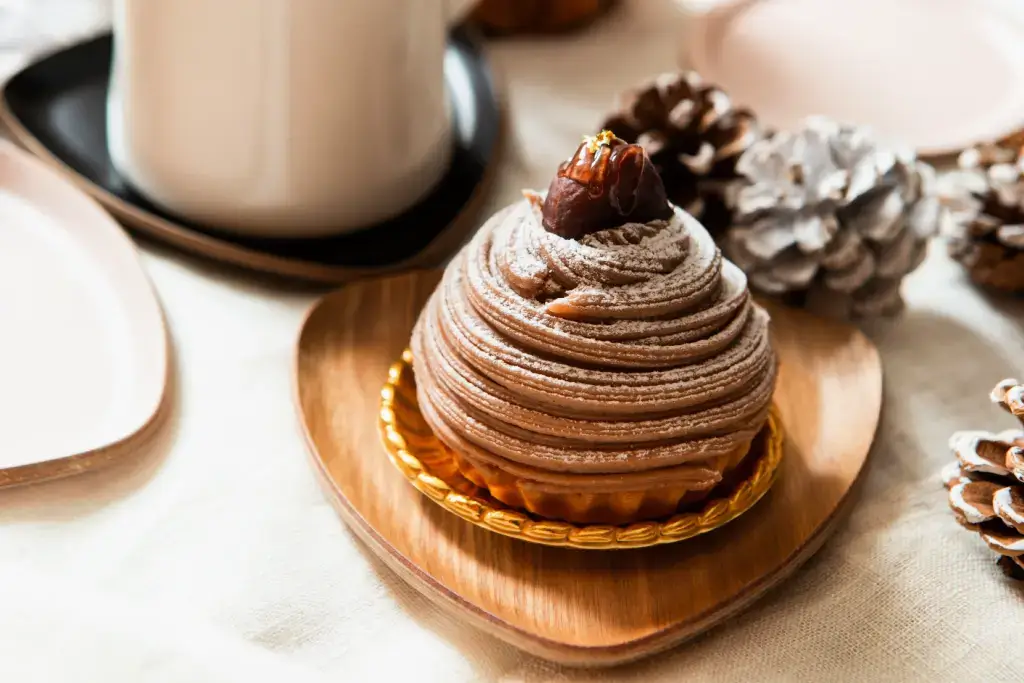
Overall, Japan has put its distinctive spin on this classic dessert. The Japanese version usually has a soft sponge cake at the bottom, covered with creamy chestnut cream. On top, you’ll find long strings of sweet chestnut puree. Sometimes, they even put a whole chestnut inside for extra texture and flavor!
Japanese Mont Blanc has dramatically changed to suit different tastes and preferences. Some variations include using ingredients like pumpkin, sweet potato, or purple yam instead of chestnuts. Also, flavors like chocolate and matcha are added to the chestnut cream for a flavorful twist.
Why should I pair these Japanese snacks with afternoon tea?
They are more than just a yummy treat; they offer a fantastic way to discover Japan’s rich flavors and cultural fusion. Each snack tells a story of tradition and innovation, making afternoon tea a memorable experience. Have you ever tried any of these Japanese snacks in your tea time? Let us know in the comments below!

